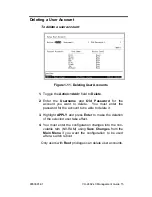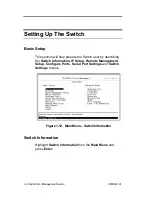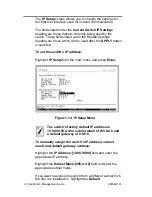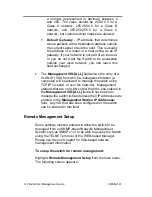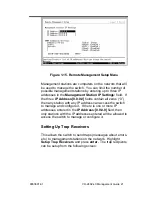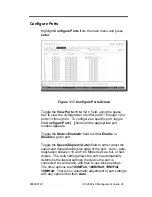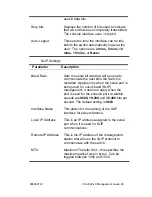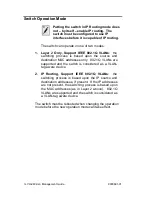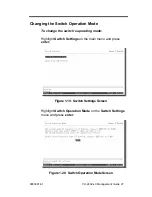Reviews:
No comments
Related manuals for Vertical Horizon VH-2402-L3

M118
Brand: I-Tech Pages: 27

8PSWT
Brand: AVE Pages: 2

C4-SW120277 Series
Brand: Control 4 Pages: 4

Xbox One Media Hub
Brand: Collective Minds Pages: 19

MicroHub GUH274W3
Brand: IOGear Pages: 1

AW-FGT-100C-120
Brand: Vivotek Pages: 2

SOEL-RTH-Q20
Brand: Festo Pages: 2

714FX6 Series
Brand: N-Tron Pages: 158

CT.TS005.003902
Brand: Talkswitch Pages: 309

CT25WIFI
Brand: PNI Pages: 92

ICX-250
Brand: ADC Pages: 75

MSL Series
Brand: SICK Pages: 299

HDS3K
Brand: Labgear Pages: 8

685B0001A13
Brand: PCB Piezotronics Pages: 31

SM8-RC
Brand: ETS Pages: 2

SIRCO 27DC3011
Brand: socomec Pages: 6

kontron KSwitch D3 UMP
Brand: S&T Pages: 36

102R
Brand: Copal Pages: 9

